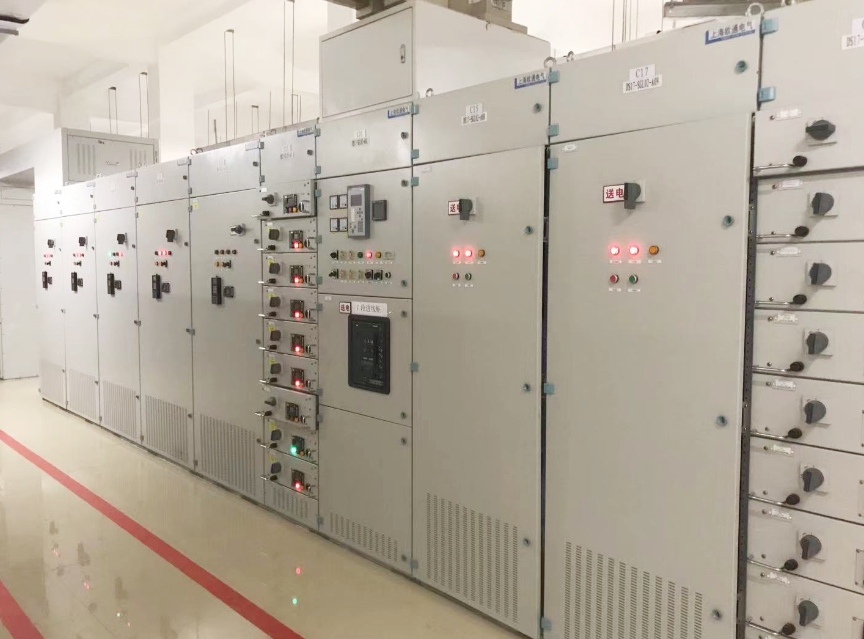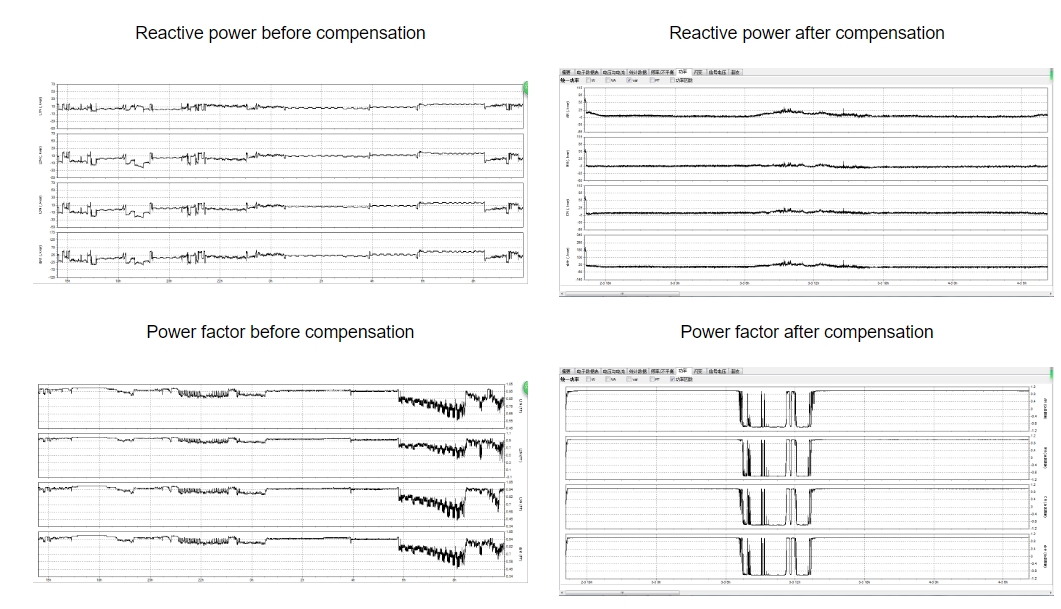
Abstract
This article introduces a method for short-term forecasting of photovoltaic (PV) generation. The proposed method falls within the category of physical methods and relies on numerical weather forecasts. Forecasting was achieved by utilizing a PV source model in the OpenDSS software. The calculated results were compared to actual measurements taken from operational PV micro-installations. Additionally, the article explores how Active Harmonic Filters (AHFs) can be utilized in PV systems to improve power quality, reduce harmonic distortion, and ensure stable grid operation.
W artykule zaproponowano metodę krótkoterminowego prognozowania generacji fotowoltaicznej (PV). Metoda ta należy do grupy fizycznych metod i opiera się na prognozach pogody numerycznej. Do wyznaczenia prognozy generacji wykorzystano model źródła PV w oprogramowaniu OpenDSS. Wyniki obliczeń porównano z wynikami pomiarów z funkcjonujących mikroinstalacji PV. Dodatkowo, artykuł analizuje zastosowanie aktywnych filtrów harmonicznych (AHF) w systemach PV w celu poprawy jakości energii, redukcji zniekształceń harmonicznych i stabilizacji działania sieci.
Keywords: photovoltaic source, prosumer, generation forecasting, physical method, numerical weather forecast, Active Harmonic Filters, OpenDSS
Introduction
The increasing penetration of renewable energy sources, particularly prosumer PV micro-installations, is significantly changing the operational conditions of power grids. Distribution system operators are facing growing challenges, such as voltage surges beyond permissible limits, reverse power flow from the low-voltage (LV) network to the medium-voltage (MV) network, increased voltage asymmetry, and overloaded grid elements. These issues are most pronounced in areas with a high concentration of PV micro-installations. The integration of large amounts of solar power into the LV grid, without proper mitigation, increases the risk of exceeding normal grid operating limits. Furthermore, the higher the PV capacity, the greater the impact on prosumers during periods of peak solar production, leading to voltage rises and inverter shutdowns, which negatively affect energy production. Figure 1 provides a visual example of this occurrence.
In addition to grid modernization, which can be costly and time-intensive, increasing local energy consumption during PV generation can help mitigate these issues. This can be achieved through energy storage and the appropriate scheduling of energy consumption by household appliances. Forecasting PV generation is crucial for optimizing this process.
However, grid integration of PV systems also introduces another challenge: harmonic distortion. As PV installations grow in size and number, harmonic levels in the network tend to increase, particularly from inverters that do not always operate under ideal conditions. Harmonic distortion can reduce the efficiency of power systems and cause equipment malfunctions. In this context, Active Harmonic Filters (AHFs) can play a critical role in mitigating harmonics introduced by PV systems, ensuring a more stable and efficient power grid.

Active Harmonic Filters in the Photovoltaic Industry
In PV systems, the integration of inverters is essential to convert the DC power generated by the solar panels into AC power for grid compatibility. However, inverters can introduce significant harmonic distortion, especially under fluctuating irradiance conditions, such as cloudy days. Harmonics in the power system can lead to inefficient energy transfer, increased losses, overheating of equipment, and even premature failures of electrical components.
Active Harmonic Filters (AHFs) are an effective solution for managing these issues. AHFs continuously monitor the harmonic content of the network and inject compensating currents to cancel out the harmful harmonics. By doing so, AHFs not only improve the quality of power by reducing total harmonic distortion (THD) but also help optimize the performance of the PV installation. The benefits of using AHFs in PV systems include:

Model of a PV Source
The PV source model in OpenDSS, is used to simulate the power output based on irradiance and temperature. The active and reactive power output from the inverter is calculated considering the inverter's efficiency and the environmental conditions.
This model was validated using data from a PV installation at the Silesian University of Technology, and it can be extended to include AHF integration for real-time harmonic compensation.
Validation of the PV Source Model
The PV source model was tested against real data, and the results showed high estimation accuracy (Figures 10 and 11). This model can also be adapted to incorporate AHF systems, ensuring that harmonic levels remain within acceptable limits, further improving the accuracy of performance predictions and system reliability.
Numerical Weather Forecasts and PV Generation Forecasts
Numerical weather forecasts from two platforms were used to generate short-term PV generation forecasts. These forecasts were compared to actual measurements to assess accuracy.
PV Generation Forecast for Prosumer Installations
The same method was applied to prosumer PV installations in different locations, with forecasts generated for each. The results demonstrate the accuracy of the forecasting method and the potential improvements in system performance when combined with AHF systems
Conclusions
This article presented a method for short-term forecasting of PV generation using numerical weather forecasts, validated through comparison with real-world data. Additionally, it highlighted the critical role of Active Harmonic Filters in improving the performance and reliability of PV systems. AHFs offer significant advantages in reducing harmonic distortion, complying with grid standards, and extending the lifespan of electrical components, making them an indispensable tool in the integration of renewable energy into modern power grids. By ensuring better power quality, AHFs also contribute to more efficient energy use, enabling PV systems to operate at their full potential while minimizing disruptions to the grid.
Subscribe to us to enjoy event prices and get some of the best prices.
 IPv6 network supported
IPv6 network supported

